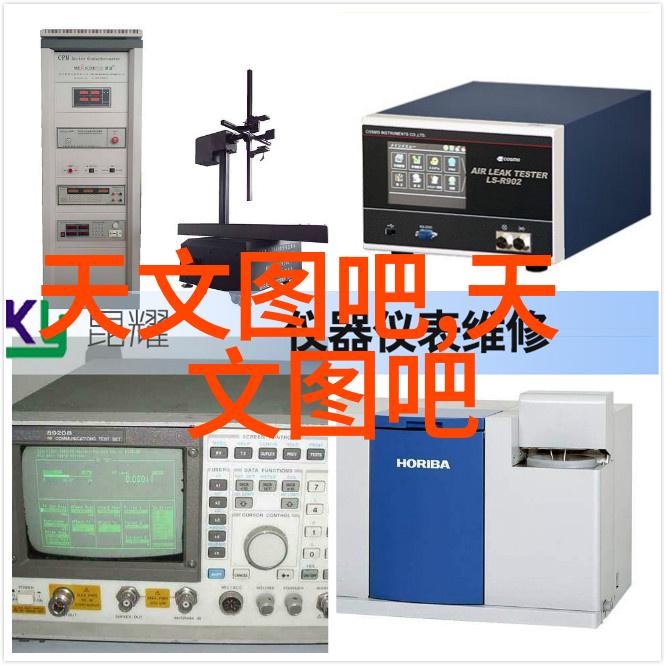
报告人:
部德福 研究员,2005-2010年在上海天文台硕博连读,2010年获得博士学位。2010年开始在上海天文台工作。主要研究与致密天体相关的天体物理学,包括AGN、AGN反馈、潮汐破坏事件和黑洞X射线双星。摘要:
When the orbital pericenter of a star is equal to or smaller than the tidal radius of a black hole, the star will be tidally disrupted, triggering the so-called tidal disruption events (TDEs). The TDEs can generate electromagnetic radiation from radio to gamma ray bands. My talk focus on the optical and radio emission. The observationally inferred location of optical emission is 1014-16 cm from the central super-massive black hole. However, theoretically, if the stellar debris can be circularized and form an accretion disk, the size of the disk is several times of 1013 cm, which is serval orders of magnitude smaller than the observationally inferred optical radiation radius. It is proposed that the optically thick winds in the TDEs events can take gas to a significantly large radius. The X-rays can be reprocessed into optical/UV bands by the winds and finally emitted from the photosphere of the optically thick winds, which can be consistent with the observationally inferred emission radius. We perform simulations to study the optical/UV emission of TDEs. We find that the wind reprocessing model can explain the observations of the optical/UV emission of TDEs, including the emission radius, the radiation temperature and luminosity as well as their time-evolution very well. We propose that in some TDEs, the radio emission is produced in the shock process when the TDE winds collide with the dense clouds surrounding the central supermassive black hole. The wind-cloud interaction model can explain the radio peak frequency and radiation at peak frequency and their time-evolution very well.


